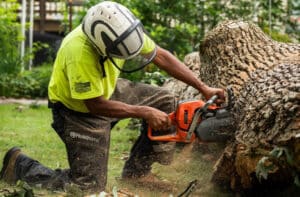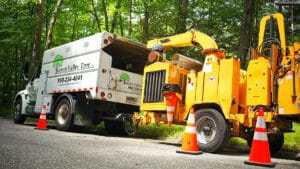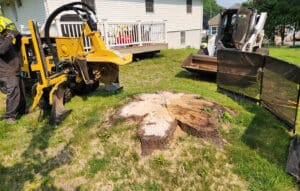Topsoil vs. Mulch vs. Wood Chips: The Best Landscaping Choice for Your CT Home
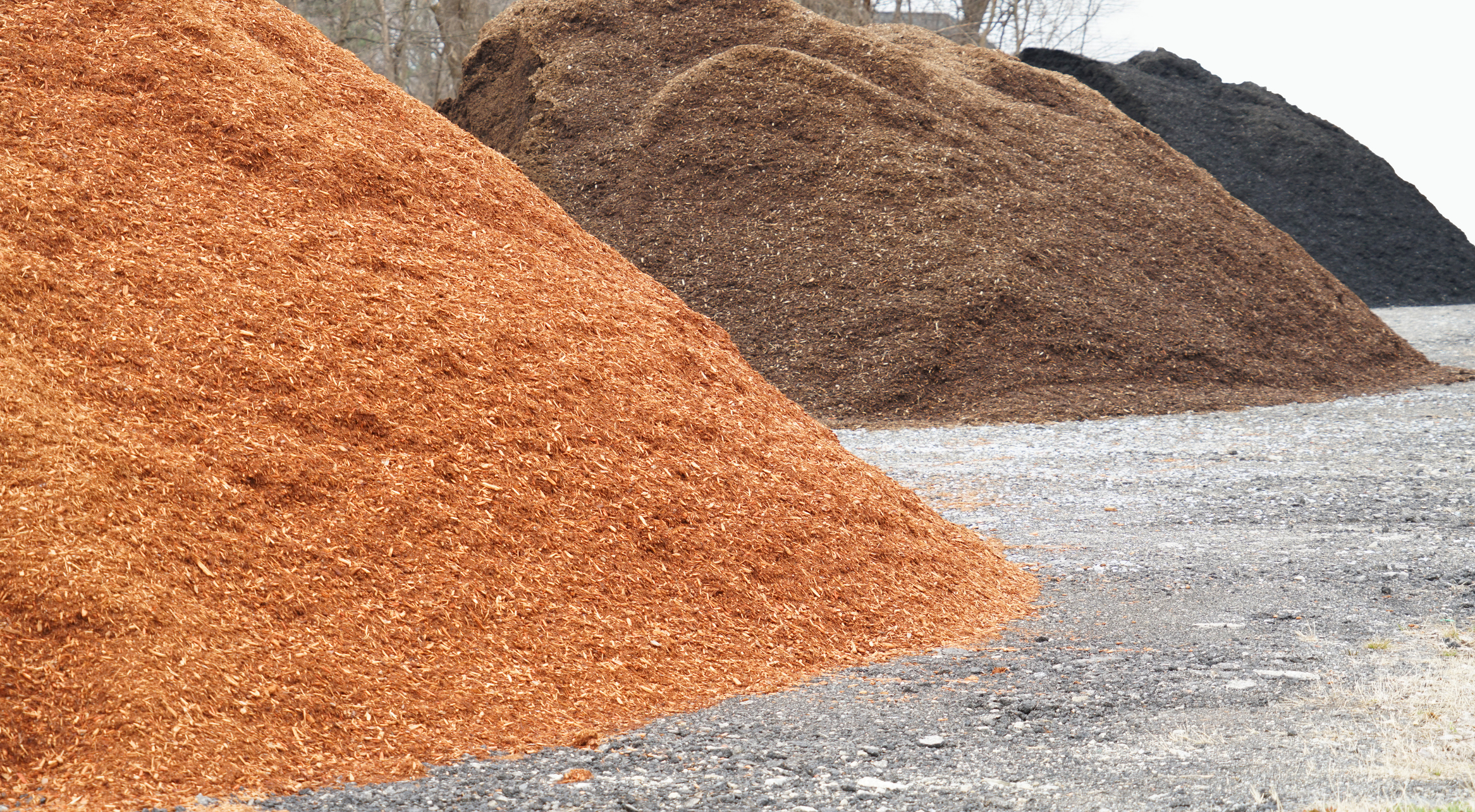
If you live in or around Chaplin, Connecticut—whether you’re in Mansfield, Willimantic, Windham, Pomfret, Columbia, or even as far as Glastonbury or Norwich—your garden faces the same seasonal challenges: humid summers, frosty winters, and unpredictable rainfall.
Choosing between topsoil, mulch, or wood chips for your landscape isn’t just a matter of personal preference. It’s about understanding what your soil, plants, and property need—especially in Eastern Connecticut’s rural and suburban zones.
This guide will walk you through each material, its best uses for CT’s native soils and plants, and how you can make the most of your landscape investment using products available locally from Green Valley Tree Works in Chaplin, CT.

What Is Topsoil?
Topsoil is the uppermost layer of soil—typically rich in organic matter, nutrients, and minerals necessary for plant growth. In Connecticut, many residential properties have compacted, sandy, or rocky native soil. That’s where screened, nutrient-dense topsoil becomes vital.
For homeowners near Chaplin, Brooklyn, Lebanon, or Ashford, applying fresh topsoil is an essential step before laying sod, starting raised garden beds, or refreshing planting areas after winter thaw.
Benefits:
- Improves root growth for lawns and plants
- Helps retain moisture during summer
- Enhances soil texture and drainage
What Is Mulch?
Mulch refers to any material spread over the surface of the soil. At Green Valley Tree Works, you’ll find both natural bark mulch and dyed mulch options—great for functional and decorative uses.
In many Connecticut neighborhoods, mulch is widely used to:
- Prevent erosion during spring rains
- Retain moisture in the hot, dry months
- Suppress weed growth naturally
- Regulate soil temperature across seasons
Mulch can be organic (like bark, straw, or composted wood) or inorganic (like rubber or gravel). However, in New England gardens, organic mulch is more environmentally sustainable and better suited to native perennials and shrubs.

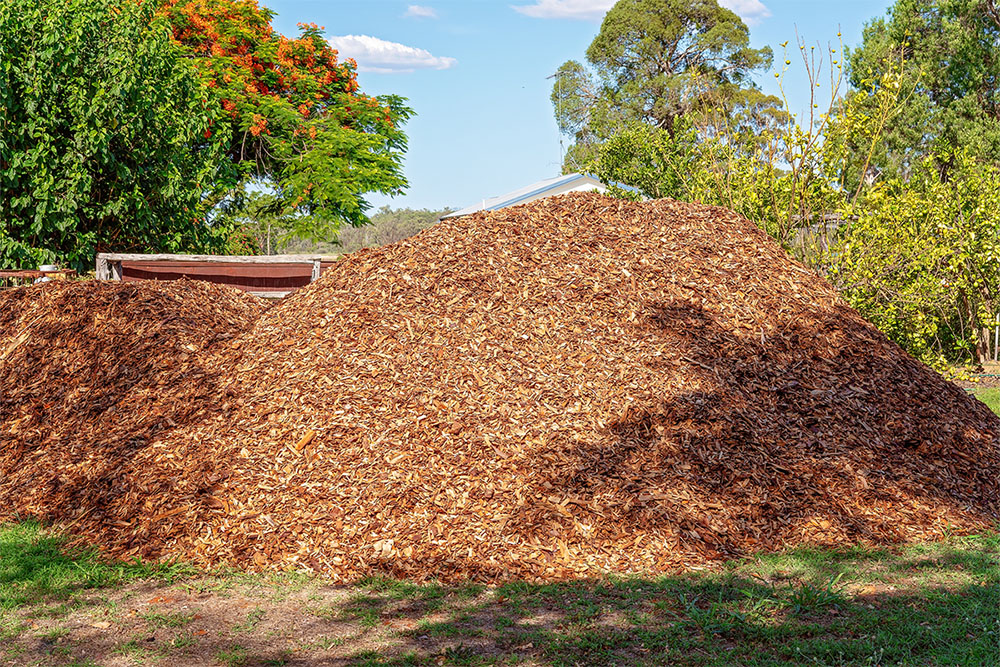
What Are Wood Chips?
Wood chips are larger, chunkier pieces of bark or tree trimmings. Unlike fine mulch, wood chips break down slowly and are excellent for long-term coverage.
If you’re in rural areas like Hampton, Scotland, or even quiet suburbs like Bolton, wood chips are ideal for:
- Woodland gardens
- Natural paths and trails
- Dog runs or playgrounds
- Large perennial beds
While not nutrient-rich like topsoil, they do an excellent job protecting soil from erosion, especially on hillsides and sloped lawns commonly found throughout Connecticut’s rolling landscapes.
Topsoil: Best Use Cases in Eastern CT
- New lawn installations in Windham or Mansfield Center
- Flower beds needing soil amendment in Lebanon or Columbia
- Leveling yard depressions before seeding
- Raised vegetable beds in Brooklyn CT or East Haddam
Use screened topsoil from a trusted local source like Green Valley Tree, where materials are adapted to the soil profiles in northeastern CT.
Mulch: Ideal CT Applications
- Around shrubs and trees in Pomfret or Canterbury
- Vegetable beds in Tolland and Willington
- Sloped driveways prone to washout in Salem or Lisbon
- Flower gardens in Hebron or Bozrah looking for visual polish
Mulch should be replaced annually in high-traffic areas or where color fading occurs.
When to Use Wood Chips in CT Landscaping
- Long walking trails in rural Chaplin or Ashford properties
- Perennial gardens that don’t need regular digging
- Pet-friendly ground cover for backyards in Colchester
- Large-scale landscapes or woodland areas in Voluntown or Sprague
Wood chips don’t compact like mulch, making them perfect for areas that require drainage or airflow.
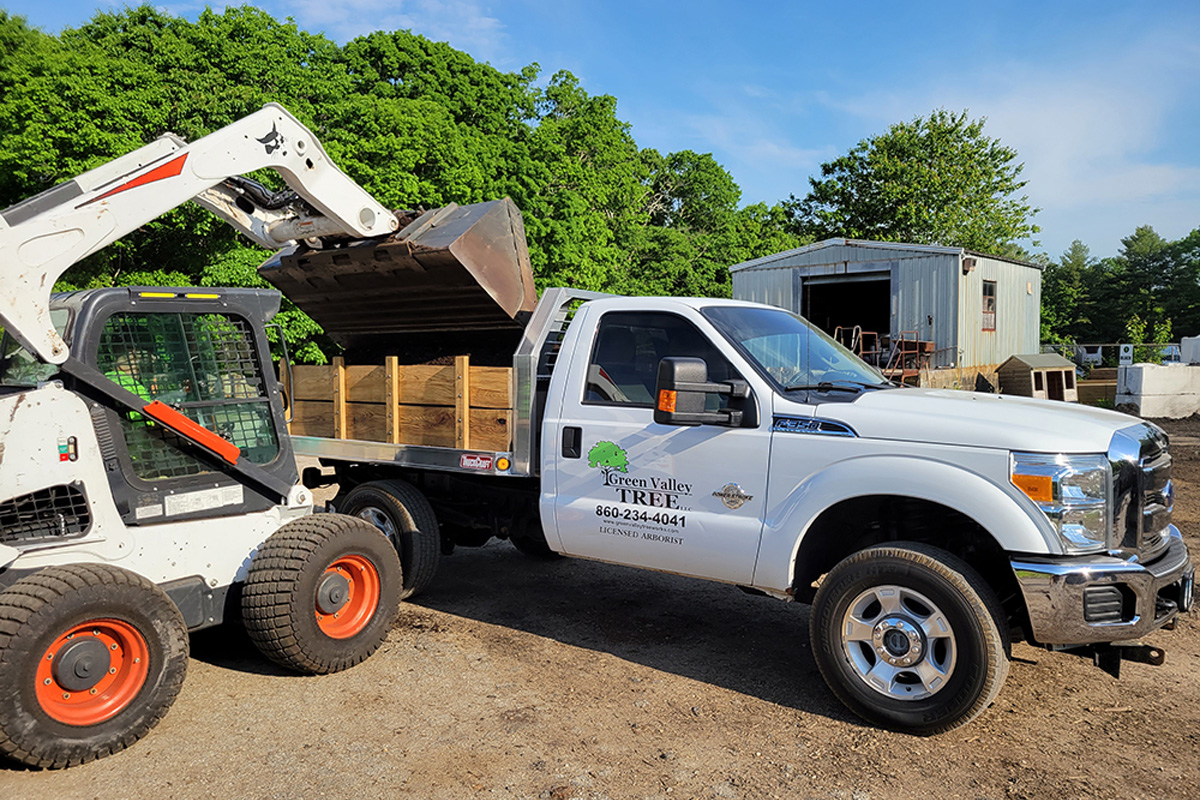
Key Differences: Topsoil vs. Mulch vs. Wood Chips
Feature
Topsoil
Mulch
Wood Chips
Purpose
Planting, leveling, soil health
Moisture retention, weed control
Long-term ground cover, aesthetics
Best For
Lawns, beds, gardens
Around plants, trees, veggies
Paths, pet areas, large landscapes
Breakdown Rate
Mixed into soil (quick use)
Decomposes in 1–2 years
Slow decomposition (2–5 years)
Appearance
Earthy, natural soil
Colored or natural bark look
Rustic, chunky texture
Maintenance
Needs amending over time
Refresh annually
Replace every few years
Key Differences: Topsoil vs. Mulch vs. Wood Chips
Material
Average Price (Per Yard)
Best Sourced From
Topsoil
$30–$45
Screened topsoil from Green Valley Tree
Topsoil
$40–$60
Dyed or natural mulch (bulk)
Topsoil
$20–$35
Tree recycling or local mills
Bulk orders and local delivery from Green Valley Tree can reduce cost significantly compared to big-box garden centers.
Final Verdict: Which One Is Right for Your Garden?
For most residential landscapes, the best choice depends on your specific project goals:
- Choose Topsoil if you’re planting new lawns, creating garden beds, or amending clay-heavy native soil.
- Choose Mulch if you want clean, healthy plant beds, fewer weeds, and improved moisture retention.
- Choose Wood Chips if you’re looking for low-maintenance, long-lasting ground cover for large or wild spaces.
Still not sure? Speak to the local pros at Green Valley Tree who can recommend what’s best! Green Valley Tree proudly offers delivery within a 10-mile radius of Chaplin, Connecticut, making it easy for local homeowners to access high-quality mulch, topsoil, and wood chips. Whether you’re tackling a weekend garden project or upgrading your entire landscape, our team ensures fast, reliable service right to your driveway. With locally sourced materials and personalized customer support, Green Valley Tree is your trusted partner for residential landscaping solutions in the heart of eastern Connecticut.
FAQs About Topsoil, Mulch, and Wood Chips in Connecticut
What is the best material to suppress weeds?
Mulch is highly effective at weed suppression when applied 2–3 inches deep.
Can I mix topsoil and mulch together?
Not directly. Topsoil is mixed into the earth; mulch stays on top to protect it.
Are dyed mulches safe for vegetable gardens?
Only use natural mulch or organic-certified products around edible plants.
What’s the difference between mulch and compost?
Mulch covers soil to protect it. Compost is blended into soil to enrich it.
Do wood chips attract termites?
Properly cured wood chips, especially hardwood, are less likely to attract pests—especially in cooler climates like CT.
Where can I buy topsoil, mulch, or wood chips near Chaplin, CT?
Visit Green Valley Tree’s Mulch & Soil Page for affordable, local options and delivery.

